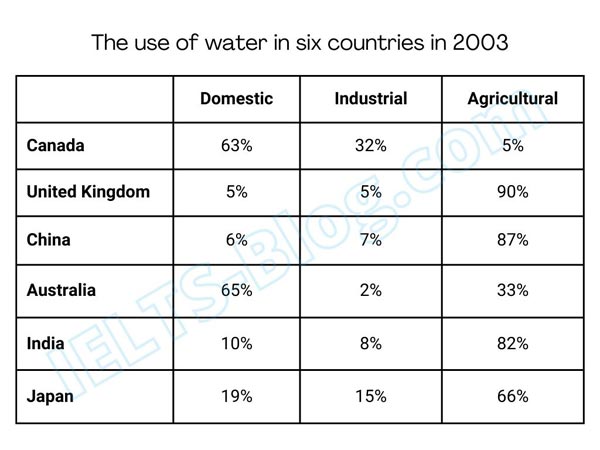IELTS essay, topic: Traffic on roads has become a problem in nearly every country in the world (solutions)

This is a model response to a Writing Task 2 topic from High Scorer’s Choice IELTS Practice Tests book series (reprinted with permission). This answer is close to IELTS Band 9.
Set 3 General Training book, Practice Test 13
Writing Task 2
You should spend about 40 minutes on this task.
Write about the following topic:
Traffic on roads has become a problem in nearly every country in the world. What can be done to reduce the amount of traffic at a society level? What could individuals do to help?
Give reasons for your answer and include any relevant examples from your knowledge or experience.
You should write at least 250 words.
Sample Band 9 Essay
In nearly every city around the world, the volume of traffic on roads has become a significant problem. Society’s dependence on the car has led to nearly all families owning at least one car and often two. Changing this situation will not be easy, but a series of social reforms and education could allow the numbers of cars on today’s roads to be reduced.
To decrease traffic, multiple social reforms could be imposed. First of all, fuel prices could be raised, while simultaneously public transportation improved. The aim would be to make more people rely on public transportation. Another method to decrease traffic in cities would be to decrease the number of parking slots in the city and increase the cost for these. This method also aims at encouraging the usage of public transportation, as it would make public transport more appealing than parking. Yet another social reform could be to give tax breaks, if proven, that the person is using public transport on a regular basis.
In addition to social reforms, each individual would need to be educated to increase awareness of the environment. This could be achieved through addressing the matter using multiple media. Within this campaign, the environmental as well as the individual benefits of decreasing the usage of cars would have to be highlighted. As a result, the likelihood of voluntary cooperation would increase, because people would become motivated to reduce their reliance on cars.
In conclusion, only when individuals become aware can social reforms function properly. Success would mean more people using public transport and fewer people using cars. When this goal is achieved, stress on the environment will be decreased.
Go here for more IELTS Band 9 Essays




